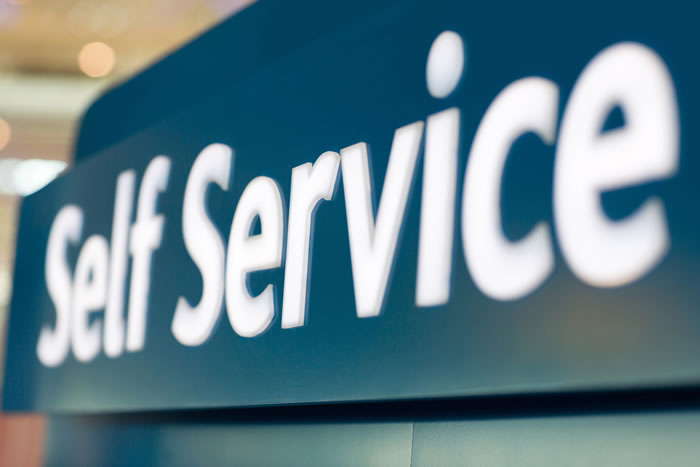Ensuring Success in Your Self-Service Strategy
True Self-Service
It’s ironic that the more ways to contact a company these days, from social media and phone to email and web, the less people actually want to interact. Most consumers actually prefer relying on a company’s website to get the information they need. According to Forrester, 72% of online consumers would rather use a company’s web site to get answers to their questions rather than contact companies via telephone or email, and about half this number strongly prefers self-reliance. Knowing that more research supports the fact that people would rather help themselves than call a company for support means you have to deliver a top-notch self-service strategy in order to ensure success of your business.
What does this entail? Essentially, you have to put all your information where your consumers can easily view and access it. Sounds easy, right? Well, it’s a little more complicated than that.
Steps to Fostering Self-Reliance
First off, you have to gather all your information into one place. This could be anything from an FAQ page to a knowledge base to a support center offering interactive and multi-media resources. The one you choose will depend, of course, on your existing knowledge base, your own staffing resources, your budget and your web presence. That’s actually the easy part. The difficult part comes when you realize you have to make that information center user-friendly. That starts with a clear plan of attack.
Here are some tips to getting there.
- Step into your customers’ shoes. Think about their pain points, what challenges they face, what they struggle with, and what they think about your product or service. Then, you can start to utilize that information to formulate a structure to your content and prioritize each piece.
- Make it consistent. Consistency across content types is important because it gives your customers a clear way to navigate the knowledge base and find out what they need to know — fast. You risk losing potential clients if you make them search for information for precious minutes on end.
- Include a search tool. Make it big and make it prominent, preferably on the home page of your knowledge base, so that your customers don’t have to waste time sifting through information.
- Use tools like Google Analytics to gather data that illustrates what your customers want. This way, you can gain invaluable insight into the needs of consumers and build a collection of articles and other resources that meet those needs. With the right tools, it’s easy to track things like unique visitors, session length, number of visits, number of page views, etc. and use the results to your advantage.
Self-Service Strategy
It’s important to recognize that there is a time and place for interaction on the phone. Sometimes there are issues that consumers simply can’t resolve on their own. Perhaps they have a complicated question about a service, product or experience, or maybe they need to be reassured that an item will be shipped because they’re facing a crazy tight deadline. Whatever the case, increasing your self-service resources for your consumers doesn’t mean replacing telephone and other types of customer service. Entrepreneur points out that customers want to be able to quickly and easily connect with a human being to bring a fast resolution to their problem if need be. This is why you should always have a “guardian of the transaction” watching over the encounter in order to provide additional customer service to round out the experience.
Improved self-service strategy, virtual agents, live chats, and more can all contribute to the overall satisfaction of your customers. However you achieve it, the bottom line is that your business experiences success, and self-service is one solid route to get there.

